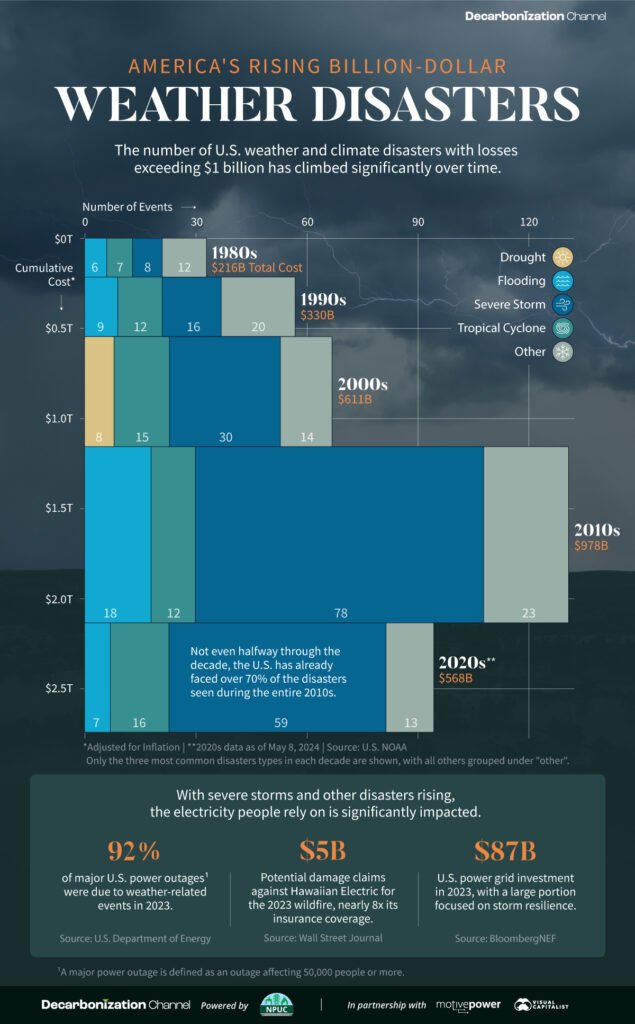Since the emergence of social media, the spread of climate mis- and disinformation has been evolving dramatically. From TikTok greenwashing strategies by oil giants, to wellness influencers spreading disinformation, the internet seems to be the mecca of fake news. But what’s behind climate disinformation’s shifting tactics? And how can you navigate it?
During Generation Hope: Act for the Planet at London’s Natural History Museum, Mashable talked to scientists Dr. Erica McAlister, disinformation researcher Jennie King, and climate activist Disha Ravi, to trace the evolution of climate disinformation.
Text above is from original video description.
Video Highlights
- Climate disinformation, such as the ‘climate lockdown’ conspiracy, spreads online and can hinder progress in addressing climate change.
- Climate conspiracies are not new, but social media amplifies and spreads misinformation, making it a hotspot for false information.
- Tactics like climate delay, which argues against taking action to address climate change, are becoming more common and harder to rebut.
- Scientists are improving communication strategies to combat disinformation and misinformation about climate change.
- Taking a pause, verifying sources, and staying vigilant against conspiracy theories are essential practices in combating climate disinformation online.




